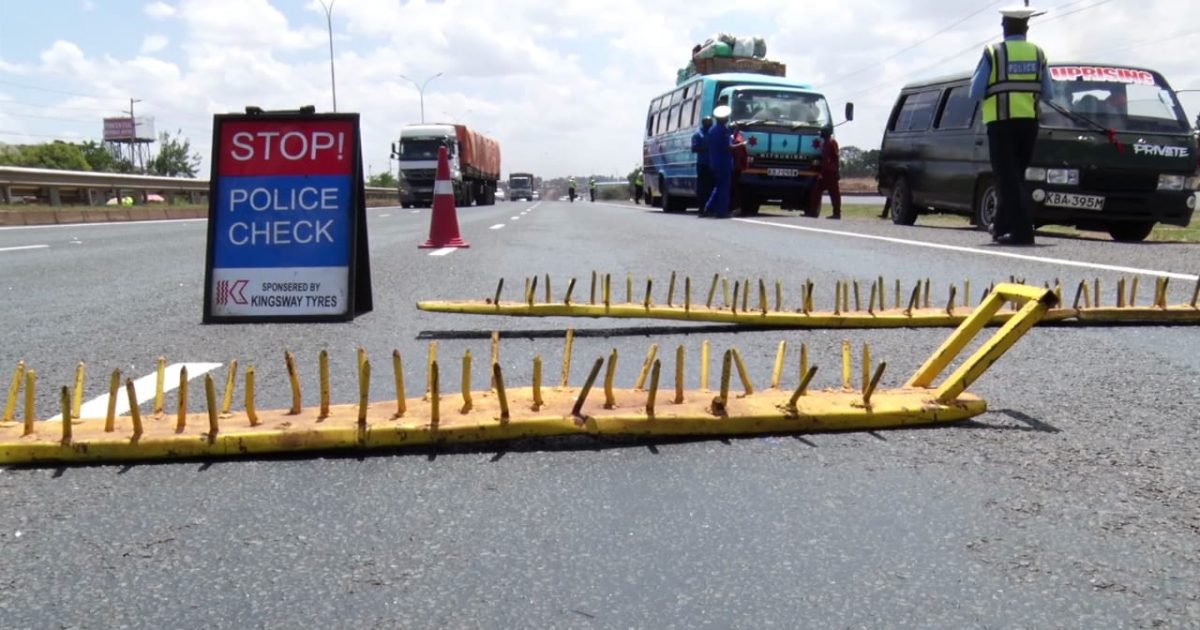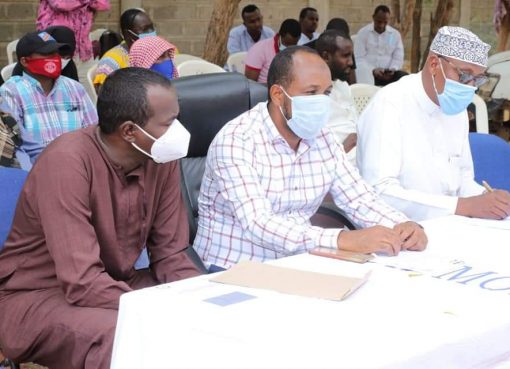The National government has developed a road accidents data collection tool that will address challenges facing collection of credible and verifiable road carnage statistics in the country.
The Geographic Information System (GIS) device has been defined as a major breakthrough and game changer in the collection of accidents data in Africa.
The current crash data systems and practices are lacking in terms of the data collection tools in use, quality of data collected, linkage with secondary data sources, and policy framework for sustainable management of the systems.
The government has recognized these shortcomings and commissioned the project to provide a comprehensive crash data management system with improved data collection, storage, analysis and dissemination.
National Transport and Safety Authority (NTSA) Deputy Director in charge of Road Safety, Dr Duncan Kibogong said the system will serve as one stop shop road accidents data generated from police, hospitals, insurance and road agencies.
Dr Kibogong said the system will also help the government identify key causes of road accidents and offer practical solutions.
He was addressing journalists on the sideline of a two day workshop of major stakeholders in road safety data collection and analysis to validate pilot implementation of the system undertaken in Nairobi between September to December last year,
“This system is a game charger and a major breakthrough not only in East Africa but across the continent in terms of measurability of road accident data and its impact on the infrastructure. We are talking of deaths, injuries and destruction,” he added.
The NTSA deputy director stated that bodaboda motorists contribute to 70 per cent of road crash in the country adding that his agency register 30,000 new motorcycles, used in public transport sector, annually.
Kenya National Highway Authority Director of Highway Planning and Design Engineer Samuel Omer further noted that the data system will address the significant underreporting of road accidents in the country.
He further indicated that the system will help identify road safety challenges, causes of road crashes and help state agencies and other actors formulate appropriate measures to curb carnage.
“The data is important so that we can measure road safety challenges to be able to know where the challenges are, where crash occurs, what type of crash and who are involved and provide viable solutions,” added Eng. Omer.
He further indicated that police who are the first respondents to crash scenes are faced with a myriad of challenges including lack of tools to properly collect, process and manage road crash data.
“Police are in charge of records of road accidents and management of accident scenes but they are not properly capacitated in terms of resources and right tools to be able to do their work properly,” added the KeNHA director.
Key state agencies mandated with the responsibility of ensuring road safety standards in the country noted that without proper data, the country would not get lasting solutions to perennial road accidents.
“Accurate and complete accident data records are required for road safety planning and policy. The current road crash data collection and management system in Kenya is not efficient due to lack of proper data collection, storage, analysis, and dissemination,” read a technical team report
The road crash data system consists of a GIS-enabled and web based mobile road accident data capture, remote transmission of the data to a central database located at NTSA and an interphase for analysis of the data to provide various reporting requirements.
The GIS-enabled and web-based for road crash data capture, storage, analysis, and dissemination will be used by NTSA, Road Agencies, the Kenya Police and other stakeholders.
A tablet-based software application will capture the accident data from the field and work in synchronization with the web-based system.
Major stakeholders involved in the development of the accident data system include KeNHA Kenya Urban Roads Authority (KURA), Kenya Rural Roads Authority (KeRRA) and Kenya Roads Board (KRB) and National Police Service (NPS).
Others include ministries of Health, Transport, Infrastructure, Housing, Urban Development and Public Works and Interior and Coordination of National Government.
By Galgalo Bocha




